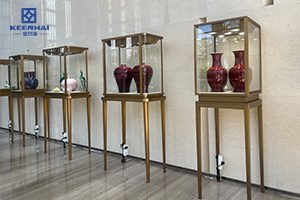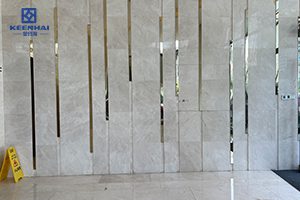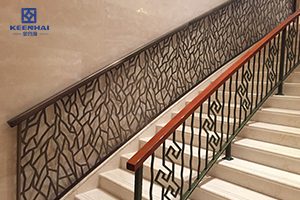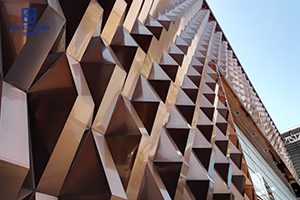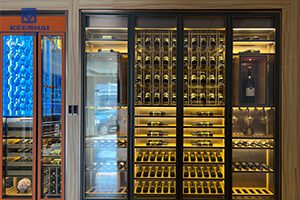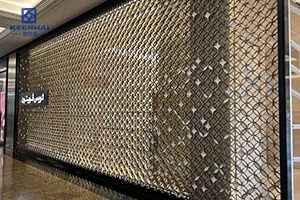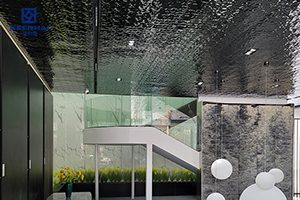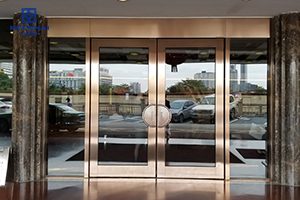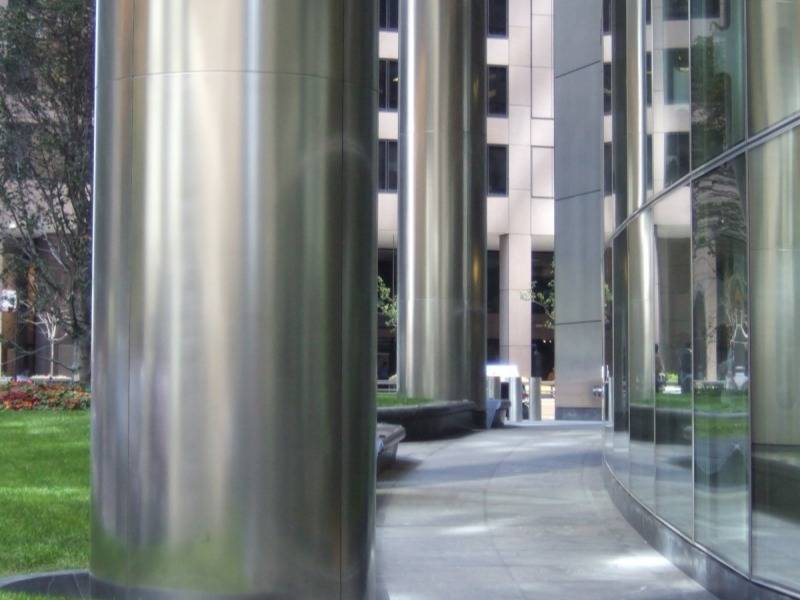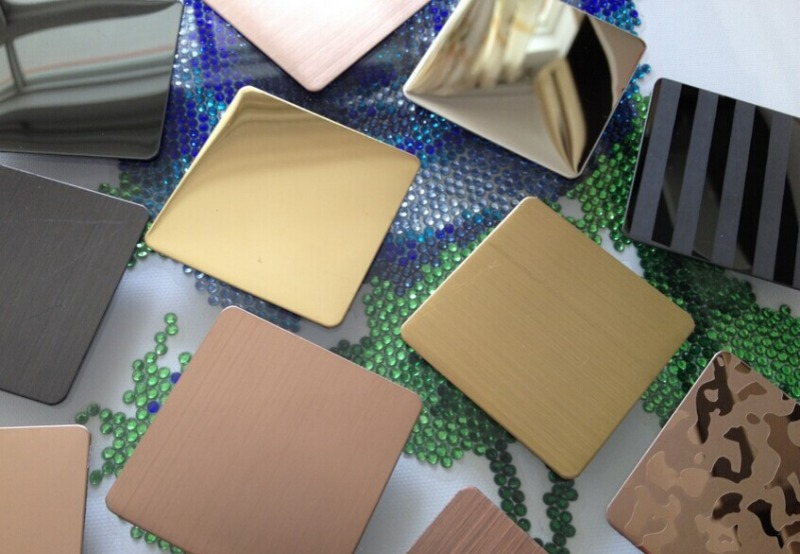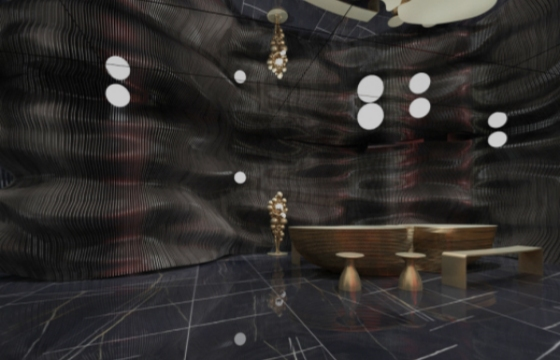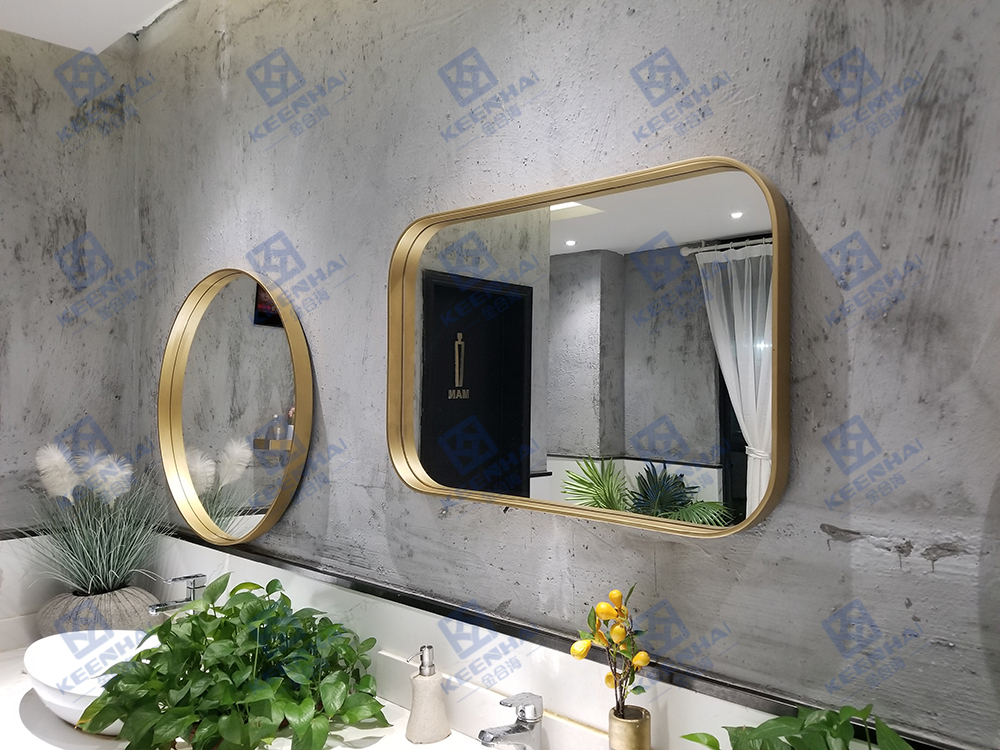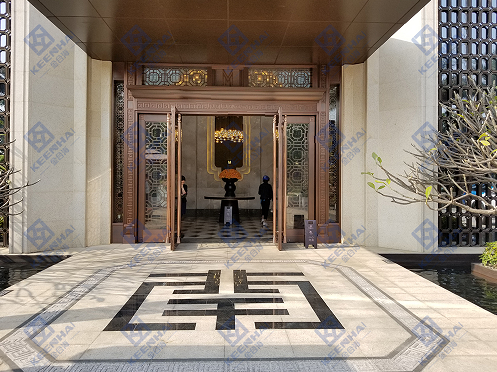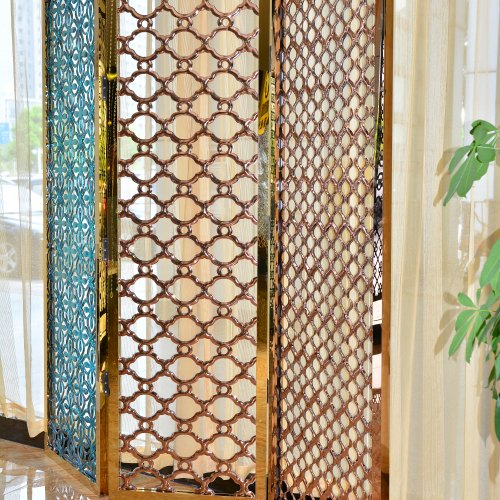Introduction to the Importance of Building Facades
The outer facade of a building is often considered its “face”—the first impression people have when they encounter it. A facade not only defines the visual appeal of a building but also contributes significantly to its energy efficiency, durability, and protection from environmental factors. As cities grow and evolve, so do the demands placed on architectural design. Facades must meet the challenges of extreme weather conditions, urban pollution, and the need for aesthetic appeal.
In modern architecture, the materials used for facades must fulfill both functional and visual requirements. Among the many materials available, нержавіюча сталь has gained popularity due to its remarkable combination of strength, beauty, and sustainability. This article explores the numerous benefits of using stainless steel for outer facades in modern architecture.
Overview of Stainless Steel as a Building Material
Stainless steel is an alloy made primarily of iron, chromium, and other metals, which gives it unique properties like high strength, resistance to corrosion, і excellent durability. These properties make it an ideal material for external facades. In addition to its practical benefits, stainless steel can be molded into a variety of textures and finishes, allowing architects to craft visually striking designs. From skyscrapers to private residences, stainless steel offers versatility that few other materials can match.
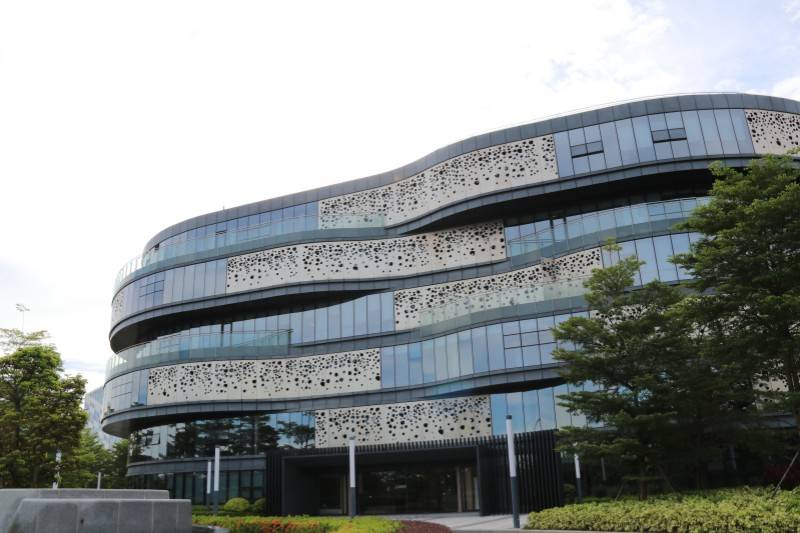
Durability and Longevity
Resistance to Corrosion
Stainless steel’s resistance to corrosion is one of its most valuable attributes. The chromium content in stainless steel forms a thin, protective oxide layer that shields the material from rust and degradation caused by environmental exposure. This feature is particularly important in areas with harsh weather conditions, such as coastal regions or cities with high pollution levels. Unlike other metals that degrade over time and require frequent maintenance or replacement, stainless steel facades retain their appearance and structural integrity for decades without suffering from corrosion.
High Strength and Structural Integrity
Another key advantage of stainless steel is its high tensile strength, which makes it capable of supporting heavy structural loads without bending or warping. This characteristic is essential for high-rise buildings and commercial structures that require a facade material strong enough to withstand the physical demands of wind, rain, and other environmental factors. The inherent strength of stainless steel also contributes to the structural integrity of the building, ensuring that the facade remains intact throughout the life of the structure.
Minimal Maintenance Needs
Stainless steel’s durable nature translates into minimal maintenance. Unlike materials that deteriorate over time and require frequent cleaning or repairs, stainless steel remains largely unaffected by the elements. Its smooth surface makes it easy to clean and resistant to staining, which means building owners will spend less time and money on upkeep. The reduced need for repairs and coatings makes stainless steel an attractive option for owners looking to cut down on maintenance costs.
Aesthetic Appeal
Sleek, Modern Appearance
Stainless steel is often associated with a contemporary і minimalist design aesthetic. Its reflective surface can give buildings a sleek, polished look that complements the clean lines of modern architecture. Stainless steel is particularly effective in creating facades that change depending on the time of day or weather conditions, as the material reflects sunlight and sky, making it dynamic and visually engaging. As such, it has become a favorite for architects seeking to blend beauty and functionality in their designs.
Variety of Finishes and Textures
The versatility of stainless steel extends to its finish options. From a smooth mirror-like finish that gives a futuristic, high-tech feel to a more brushed or matte finish that evokes an industrial, contemporary vibe, the material offers something for every design vision. Stainless steel can also be perforated, engraved, або витравлений to add depth and texture, giving architects the freedom to experiment with unique and customized looks that fit the vision of their project.
Інтеграція з іншими матеріалами
Stainless steel’s neutral color and smooth surface make it an ideal material for combining with other materials like glass, wood, or stone. For example, pairing stainless steel with glass can create a transparent facade that allows natural light to penetrate the building, while still providing the structural support and weather resistance that stainless steel offers. When combined with materials like wood or stone, stainless steel can introduce an industrial elegance that balances warmth and modernity.

Sustainability and Environmental Impact
Recyclability of Stainless Steel
One of the standout environmental benefits of stainless steel is its 100% recyclability. Stainless steel is a sustainable material because it can be reused indefinitely without degrading in quality. This reduces the overall environmental impact of a building project, as recycled stainless steel requires less energy and raw material extraction compared to producing new steel. For environmentally-conscious architects and building owners, stainless steel represents a forward-thinking choice for projects aiming to reduce their carbon footprint.
Energy Efficiency Benefits
Stainless steel also contributes to енергоефективність. Its reflective properties help to reduce heat absorption in buildings, especially in hot climates. By reflecting sunlight, stainless steel facades can help maintain cooler indoor temperatures, which in turn reduces the need for air conditioning and lowers energy consumption. In colder climates, stainless steel’s reflective surface can help maximize natural light penetration, reducing the need for artificial lighting.
Long-Term Environmental Benefits
Due to its long lifespan, stainless steel can help reduce the overall environmental impact of a building. Since stainless steel does not degrade over time, there is no need for frequent replacements or repairs, which helps minimize waste. The material’s longevity also means that fewer resources are needed to maintain a building’s exterior, further contributing to sustainable building practices.
Versatility and Flexibility in Design
Adaptability to Different Architectural Styles
Stainless steel is a highly versatile material that can adapt to a wide range of architectural styles. Whether the design is sleek and minimalist, traditional, or avant-garde, stainless steel’s ability to complement and enhance other materials makes it a perfect choice. Its reflective and smooth surface can be used to create dramatic contrasts with brick, glass, or timber, or it can be integrated seamlessly with these materials for a more cohesive look.
Customization for Specific Projects
One of the most compelling reasons to use stainless steel is the ability to customize it to fit specific design needs. From unique shapes and sizes to textural variations і color finishes, stainless steel can be tailored to meet the requirements of any project. This level of customization allows architects to explore innovative design possibilities while maintaining the material’s core benefits.
Innovative Applications
Stainless steel is not limited to traditional flat panels or sheets. It can be used in innovative ways, such as perforated panels, mesh facades, or even sculptural designs that enhance the building’s aesthetic appeal. Its flexibility allows for creative use in both functional and artistic applications, making it ideal for building facades that are both practical and visually stunning.
Enhanced Building Performance
Thermal and Acoustic Insulation
Stainless steel facades can contribute to better thermal and acoustic insulation. Its reflective properties help regulate the building’s internal temperature, while its mass also offers acoustic insulation. This can help reduce external noise from surrounding environments, contributing to a more comfortable interior. In addition, stainless steel can be combined with insulation materials to further improve the building’s energy performance.
Protection from Environmental Factors
Beyond aesthetic considerations, stainless steel protects against environmental factors such as UV radiation, pollution, and weathering. Its inherent durability ensures that the facade continues to perform well under harsh conditions, safeguarding the building from the elements and extending the structure’s overall lifespan.
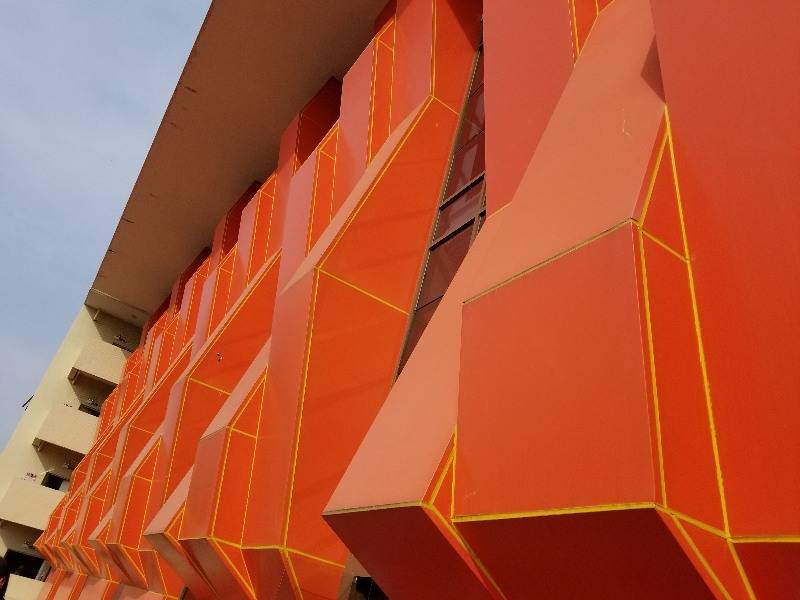
Real-World Examples of Stainless Steel Facades
Iconic Buildings Using Stainless Steel
Some of the world’s most iconic buildings have incorporated stainless steel in their facades. The Guggenheim Museum in Bilbao, designed by Frank Gehry, is one such example, where the use of stainless steel panels creates a flowing, sculptural exterior that complements the museum’s modern and innovative design. Similarly, the Mercedes-Benz Museum in Stuttgart uses stainless steel to give the building a sleek, contemporary appearance that blends perfectly with the surrounding urban landscape.
Sustainable Architecture Projects
Stainless steel is a favorite material in sustainable architecture, appearing in LEED-certified buildings and other eco-conscious projects. The material’s recyclability, longevity, and energy efficiency contribute to the green building movement, making it an integral part of environmentally sustainable architecture.
Commercial and Residential Applications
Stainless steel facades are also increasingly being used in residential projects, offering a sophisticated, modern aesthetic. Whether used in apartment buildings or luxury homes, stainless steel offers an elegant yet durable solution for creating lasting and visually compelling exteriors.
Challenges and Considerations
High Initial Cost
While stainless steel offers numerous long-term benefits, its initial cost can be higher than other materials like aluminum or concrete. However, these costs are often offset by the material’s durability, low maintenance needs, and long lifespan, making it a cost-effective choice over time.
Installation Complexity
Installing stainless steel facades requires specialized knowledge and skills. Its weight and handling requirements mean that professional installation is necessary to ensure the facade’s integrity and aesthetic quality. Proper installation techniques are crucial to avoid damage to the material and ensure it performs as expected.
Potential for Scratching and Surface Damage
Despite its durability, stainless steel can still suffer from surface scratches or dents if improperly handled. Protective coatings can be applied to reduce the likelihood of damage, but care must be taken during installation and maintenance to preserve the material’s pristine appearance.
Висновок
Summary of Key Benefits
Stainless steel outer facades offer a wide range of benefits, including довговічність, aesthetic appeal, і environmental sustainability. Its стійкість до корозії, strength, і низький рівень обслуговування needs make it a reliable choice for modern buildings, while its reflective properties і customizable finishes offer architects the freedom to create stunning, functional exteriors.
Future of Stainless Steel in Architecture
As the demand for sustainable and innovative designs continues to grow, stainless steel will remain an important material in modern architecture. Its combination of aesthetic appeal, довговічність, і environmental benefits ensures that it will continue to play a major role in shaping the future of building facades.
зв'яжіться з нами
Ви можете відвідати наш веб-сайт для отримання додаткової інформації або на нашій сторінці у Facebook для останніх оновлень і основних моментів проекту. Якщо у вас виникли запитання чи пропозиції щодо співпраці, зв’яжіться з нами, і ми з радістю вам допоможемо!


